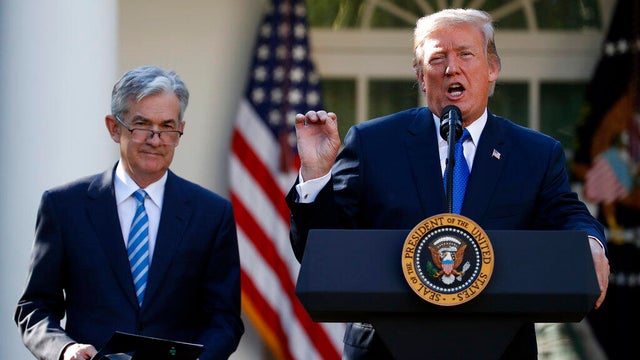

No response returned

Inflation is creeping back up, and that's putting a lot of Americans on edge about their finances. In June, the Consumer Price Index (CPI) — a reversal from the downward trend seen earlier this year. On a month-over-month basis, prices jumped 0.3%, the largest increase since January. Some everyday essentials are rising even faster, with the price of eggs up by more than 27% and the price of ground beef up by over 10% compared to a year ago.
This uptick in prices is also shaping expectations for the Federal Reserve's upcoming policy meeting. Economists and investors widely expect the Fed to at its meeting later this month, with the Fed opting to watch where inflation's trajectory now heads before making any cuts. That cautious stance could have ripple effects for borrowers with variable-rate loans like (HELOCs), which often move in tandem with broader interest rate trends.
So what does this mean for homeowners eyeing the or those who are considering opening one? While no one can predict exactly where rates are headed, understanding how inflation and Fed policy interact can help borrowers prepare for what's next.
.
HELOC rates are driven by multiple factors but are tied closely to the Federal Reserve's decisions on interest rates. When inflation rises, the Fed tends to hold or raise its benchmark rate to slow down spending and bring prices under control. Since HELOCs are usually that track the prime rate — which moves in lockstep with the Fed's actions — homeowners often see their HELOC rates rise when the Fed keeps rates high.
With June's inflation reading coming in hotter than the month prior, the Fed is under renewed pressure to maintain its current target range for the federal funds rate. Analysts now see little chance of a rate cut in the near term. That means HELOC borrowers are unlikely to see anytime soon.
If inflation continues to climb, there's even the possibility of additional rate hikes later this year, which could . On the other hand, if inflation moderates in the coming months, the Fed may consider cuts later in 2025 — but that's far from guaranteed. For now, the wider rate environment is likely to remain elevated, and in turn, it's likely that HELOC rates will follow suit.
Still, it's worth noting that even with rates holding steady at their current levels, HELOCs remain one of the . Compared to credit cards — which currently have rates — or unsecured personal loans, HELOCs currently offer rates , making them a significantly more affordable option.
And because HELOCs are , lenders are often willing to offer more favorable terms than they would on unsecured debt. That makes them an attractive option for borrowers who are confident in their ability to handle fluctuating payments, even as the rate environment stays high.
.
Despite today's higher interest rate environment, for a lot of borrowers. For homeowners with significant equity and a short-term funding need — like home improvements or — a HELOC may be an attractive option. That's because even at today's higher rates, HELOCs often have lower starting interest rates than credit cards or unsecured personal loans.
However, there are trade-offs to consider. Since HELOCs typically have variable rates, your monthly payments could increase if the Fed raises rates further in the future. On the other hand, HELOC rates would also fall if the Fed cuts rates in the future, as the rates on these lines of credit can rise or fall with the wider rate environment. Borrowers who are uncomfortable with that uncertainty might want to consider instead, which offers a fixed rate and predictable payments over time.
If you're leaning toward a HELOC, be sure to shop around carefully. Some lenders are offering introductory rates or caps on how high your rate can rise, which can provide a degree of protection against the potential for future Fed rate hikes.
Rising inflation is likely to push the Federal Reserve to keep rates high, at least for now, and that's likely to keep HELOC rates elevated as well. And, if inflation stays sticky, homeowners may not see borrowing costs drop for some time. While HELOCs remain a flexible way to tap home equity at a comparatively low rate, today's rate environment also calls for careful planning and a clear repayment strategy to avoid surprises down the road.




